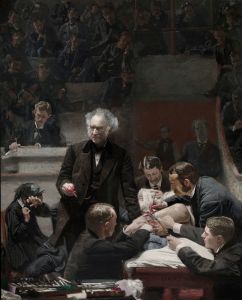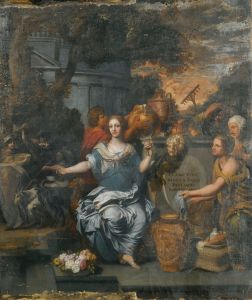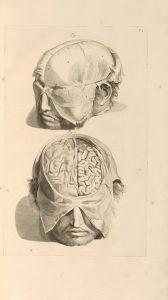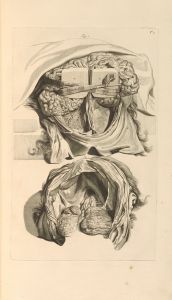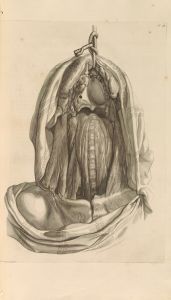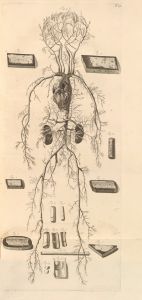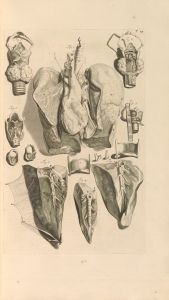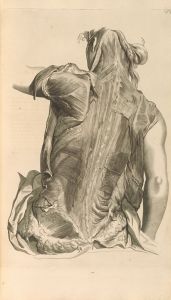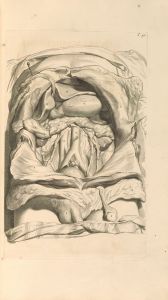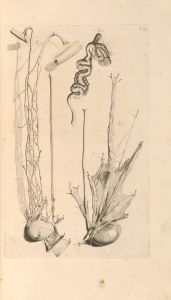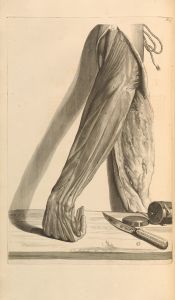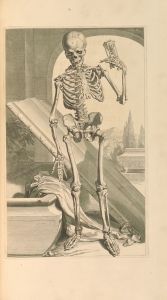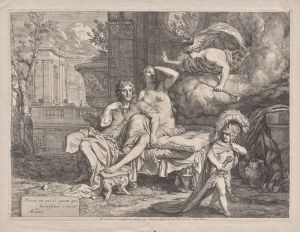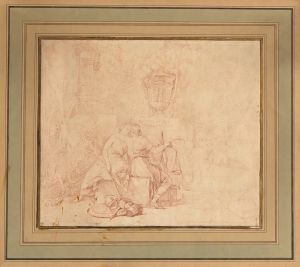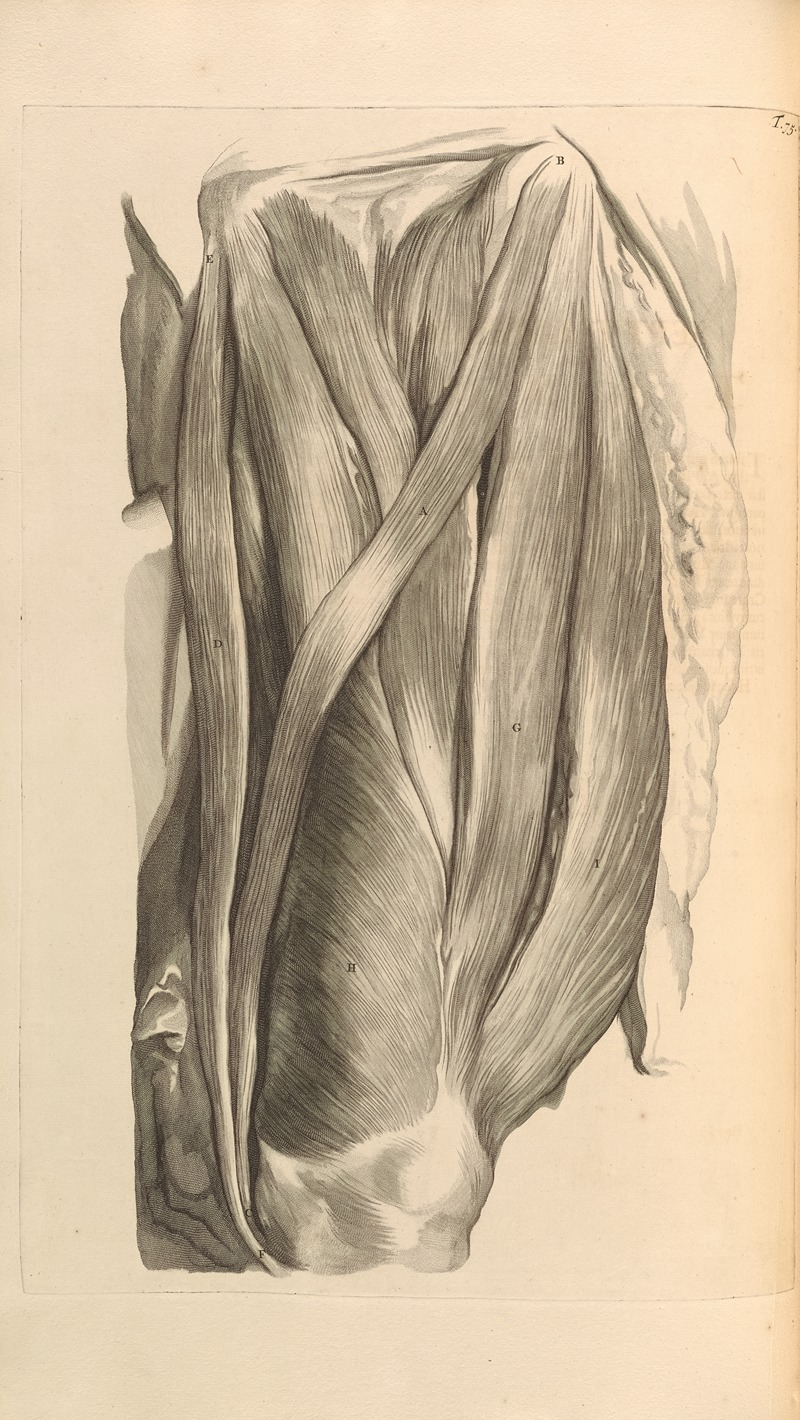
Anatomia humani corporis Pl.076
A hand-painted replica of Gerard de Lairesse’s masterpiece Anatomia humani corporis Pl.076, meticulously crafted by professional artists to capture the true essence of the original. Each piece is created with museum-quality canvas and rare mineral pigments, carefully painted by experienced artists with delicate brushstrokes and rich, layered colors to perfectly recreate the texture of the original artwork. Unlike machine-printed reproductions, this hand-painted version brings the painting to life, infused with the artist’s emotions and skill in every stroke. Whether for personal collection or home decoration, it instantly elevates the artistic atmosphere of any space.
Anatomia humani corporis Pl.076 is an anatomical illustration created by Gerard de Lairesse, a prominent Dutch Golden Age artist and illustrator. This work is part of the larger collection of anatomical plates featured in the book Anatomia Humani Corporis (1685), authored by the Dutch anatomist Govard Bidloo. The book is considered a significant contribution to the field of anatomy during the late 17th century.
Gerard de Lairesse, known for his skills as a painter and engraver, was commissioned to create the illustrations for Bidloo's anatomical atlas. The plates, including Pl.076, were meticulously detailed and aimed to provide an accurate representation of the human body for medical and educational purposes. De Lairesse's artistic expertise brought a level of precision and aesthetic quality to the illustrations, which were engraved by Abraham Blooteling and other skilled engravers of the time.
The Anatomia Humani Corporis consists of 105 copperplate engravings, each depicting various aspects of human anatomy. Pl.076 specifically illustrates a detailed anatomical dissection, showcasing the internal structures of the human body. The plate reflects the scientific rigor and artistic sensibility characteristic of the collaboration between Bidloo and de Lairesse. The work was groundbreaking for its time, as it combined scientific accuracy with artistic expression, setting a new standard for anatomical illustration.
Despite its artistic and scientific merits, the book faced criticism for its lack of accompanying explanatory text for the illustrations, which made it less accessible to readers without prior anatomical knowledge. Additionally, the publication was overshadowed by the later success of William Cowper, an English anatomist who republished many of the plates without proper credit to Bidloo or de Lairesse, leading to a historical controversy.
Today, Anatomia Humani Corporis and its plates, including Pl.076, are regarded as important historical artifacts that reflect the intersection of art and science during the Dutch Golden Age. They are studied not only for their anatomical significance but also for their contribution to the history of medical illustration and the broader cultural context of the period. Copies of the book and its plates are preserved in various libraries and museums around the world, serving as a testament to the enduring legacy of Bidloo and de Lairesse's collaboration.





